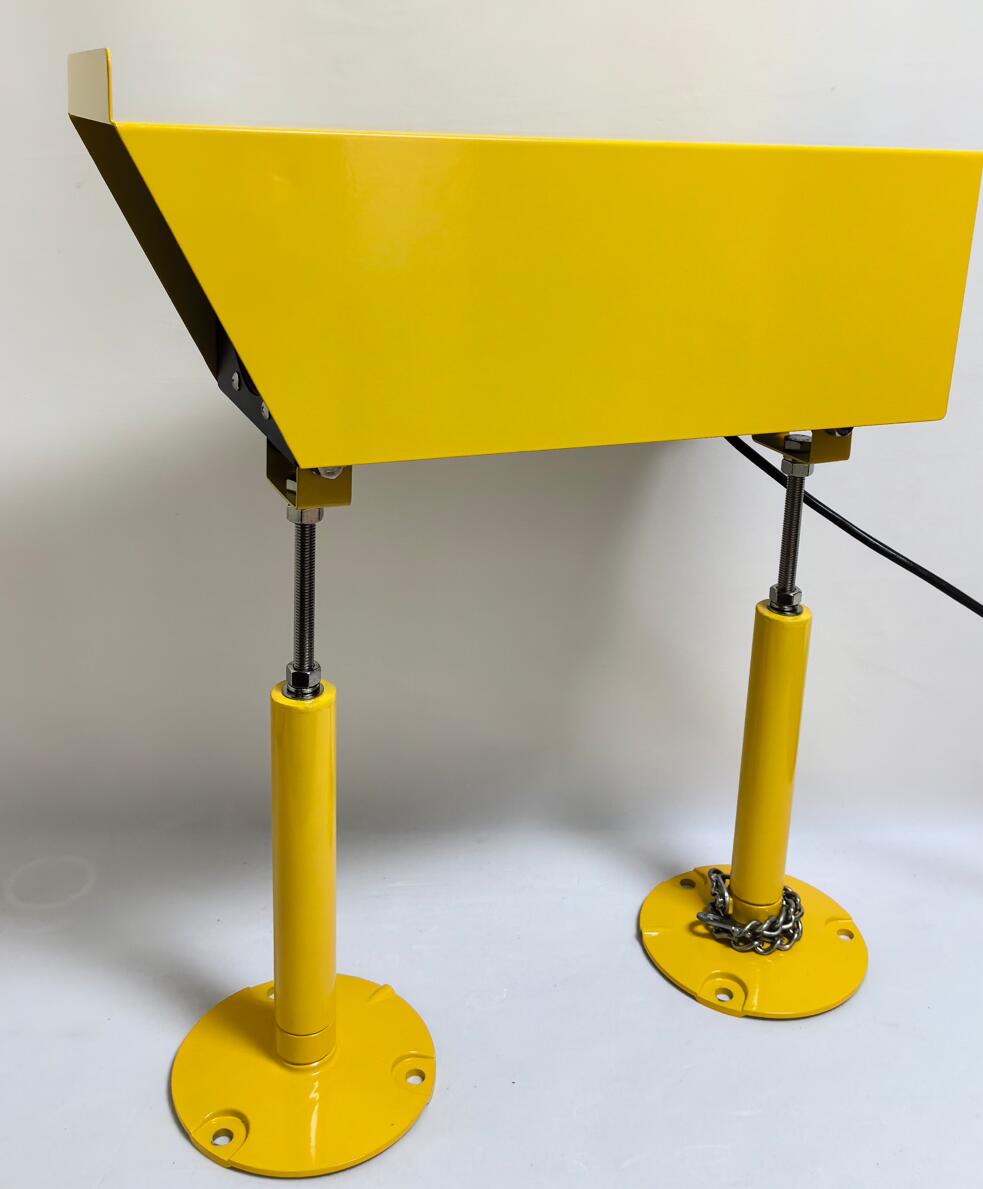Enhancing Vertical Safety with the Helicopter Approach Path Indicator
In the dynamic realm of aviation, helicopters operate in some of the most challenging environments—urban rooftops, offshore platforms, and remote helipads. Safe landings in these conditions depend heavily on precise visual guidance. Among the most critical tools supporting vertical flight operations today is the Helicopter Approach Path Indicator (HAPI), a system designed to assist pilots with safe approach and landing angles.
This article explores the purpose, design, applications, and future of the Helicopter Approach Path Indicator, highlighting its growing importance in global aviation safety strategies.
What is a Helicopter Approach Path Indicator?
The Helicopter Approach Path Indicator is a visual aid system designed to guide helicopter pilots along the correct glide slope during their approach to a landing area, especially in locations with confined or hazardous surroundings. HAPI systems use a combination of color-coded light beams to inform the pilot whether they are on the correct vertical approach path, above it, or below it.

Unlike fixed-wing aircraft visual aids such as PAPI or VASI, the HAPI is tailored for the unique maneuvering needs of rotary-wing aircraft, which often land at steeper angles and on smaller or elevated pads.
| Helicopter Approach Path Indicator |
Core Functionality
At the heart of the HAPI system is a specialized optical unit that emits a narrow beam of light, calibrated to display different colors depending on the angle at which the pilot views it:
Green: The pilot is on the correct glide slope.
Amber or Red: The helicopter is too low.
| Helicopter Approach Path Indicator |
White: The helicopter is too high.
This real-time feedback is crucial for maintaining a safe approach trajectory, especially when visual references are minimal due to weather, terrain, or lighting conditions.
Why the Helicopter Approach Path Indicator Matters
1. Increased Safety
The primary purpose of the Helicopter Approach Path Indicator is to prevent Controlled Flight Into Terrain (CFIT), a leading cause of helicopter accidents. By providing precise approach angle information, HAPI systems reduce the risk of undershoot or overshoot during landing.
2. Support in Confined Areas
Helicopters often land on elevated structures such as hospital rooftops or offshore oil platforms, where spatial limitations demand high landing accuracy. HAPI systems provide a clear and intuitive visual aid, ensuring safe descent in these complex zones.
3. Night and Low-Visibility Operations
Equipped with high-intensity LED lighting, many modern HAPI systems are effective during night operations or in poor visibility, extending flight safety beyond daytime conditions.
4. Pilot Training and Standardization
HAPI systems not only support operational landings but also serve as valuable tools during training. They promote consistency in approach angles, helping new pilots internalize ideal descent paths under various scenarios.
Key Features of Modern HAPI Systems
As technology has evolved, so has the design of the Helicopter Approach Path Indicator. Modern systems typically include:
Adjustable Glide Slope Settings: Depending on location and operational requirements, glide slopes between 3° and 12° can be configured.
Remote Control and Monitoring: Operators can remotely adjust brightness, perform diagnostics, and ensure operational readiness.
Robust Construction: HAPI units are built to withstand marine, desert, or mountainous environments, featuring corrosion-resistant materials and sealed enclosures.
LED Light Sources: These provide high visibility with low energy consumption and long life spans.
Some advanced systems also integrate with other navigational aids, such as GPS-based helideck lighting coordination or automated weather-dependent adjustments.
Common Use Cases
The versatility of the Helicopter Approach Path Indicator makes it suitable for a range of applications:
- Offshore Platforms
Oil and gas rigs often install HAPI systems to guide helicopters safely to their limited helideck areas, where challenging weather and sea motion can affect visibility and stability.
- Hospital Rooftops
Medical helicopters frequently operate under urgent conditions. HAPI systems help ensure precision landings during emergencies, particularly at night or in urban environments.
- Military Installations
Used for both training and active missions, HAPI systems enhance landing safety during tactical operations in confined or unfamiliar zones.
- Mountainous or Remote Terrain
Remote mining sites, research stations, and military posts benefit from HAPI installations due to the lack of alternative visual cues in difficult terrain.
Regulatory Context and Compliance
Aviation safety authorities like the International Civil Aviation Organization (ICAO), the Federal Aviation Administration (FAA), and others offer guidelines for HAPI installation and usage. These include:
Recommended glide slope angles for different helipad types.
Lighting intensity levels based on ambient conditions.
Installation angles and positioning for optimal pilot visibility.
Compliance with these standards ensures the system performs reliably across various environments and aligns with global aviation safety norms.
Future Developments in HAPI Technology
As air mobility evolves, the role of the Helicopter Approach Path Indicator will grow, particularly in urban air mobility (UAM) and electric vertical take-off and landing (eVTOL) operations. Future developments may include:
Integration with Digital Flight Displays: Overlaying HAPI signals within augmented reality flight helmets or cockpit displays.
Smart Lighting Systems: Coordinating HAPI with helideck status lights, meteorological systems, and automated approach paths.
Energy-Efficient Upgrades: Solar-powered or hybrid HAPI systems designed for remote and off-grid operations.
With urban vertiports and drone-based medical logistics on the rise, reliable vertical approach guidance will be a cornerstone of aviation infrastructure.
The Helicopter Approach Path Indicator is a crucial component of modern vertical flight safety. By providing real-time, intuitive guidance, it empowers pilots to approach complex landing zones with confidence and precision. As aviation technology expands into new vertical territories, the HAPI system’s role will only become more central in safeguarding lives, assets, and operational integrity.
Whether installed on an offshore platform or atop a city hospital, the Helicopter Approach Path Indicator is more than just a light—it’s a beacon of safety for the skies above.
